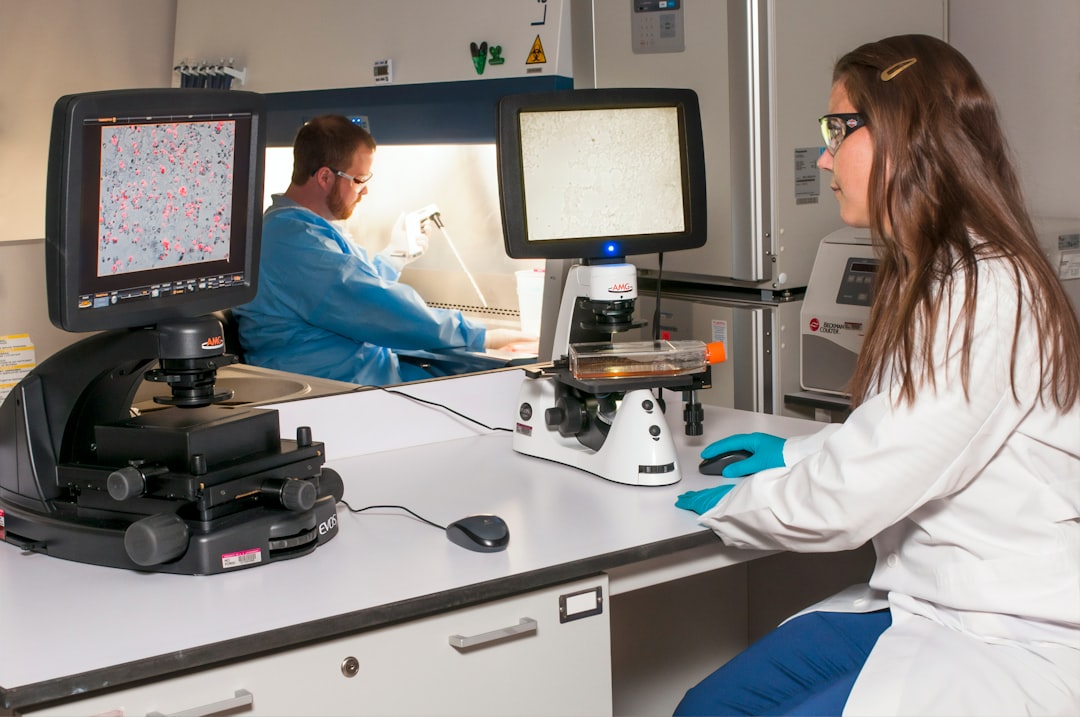What is it about?
Because the pattern of gene expression in differentiated tissues is regulated by gene silencing, a process involving alterations to DNA and histone structure, it is important to preserve this chromosomal architecture. Loss of this structure when mutated cells divide is proposed to account for the anomalous gene expression and malignant features.
Featured Image

Photo by Hal Gatewood on Unsplash
Why is it important?
The central proposal is that the carcinogenic mechanism is defective DNA and histone methylation.
Perspectives
My personal perspective is the realisation that this simple defect in transmitted gene silencing - readily acquired by somatic mutation - is sufficient to account for the major genetic instability manifest by cancer cells.
Professor Patrick Anthony Riley
University College London
Read the Original
This page is a summary of: Epimutation and Cancer: Carcinogenesis Viewed as Error-Prone Inheritance of Epigenetic Information, Journal of Oncology, June 2018, Hindawi Publishing Corporation,
DOI: 10.1155/2018/2645095.
You can read the full text:
Contributors
The following have contributed to this page










